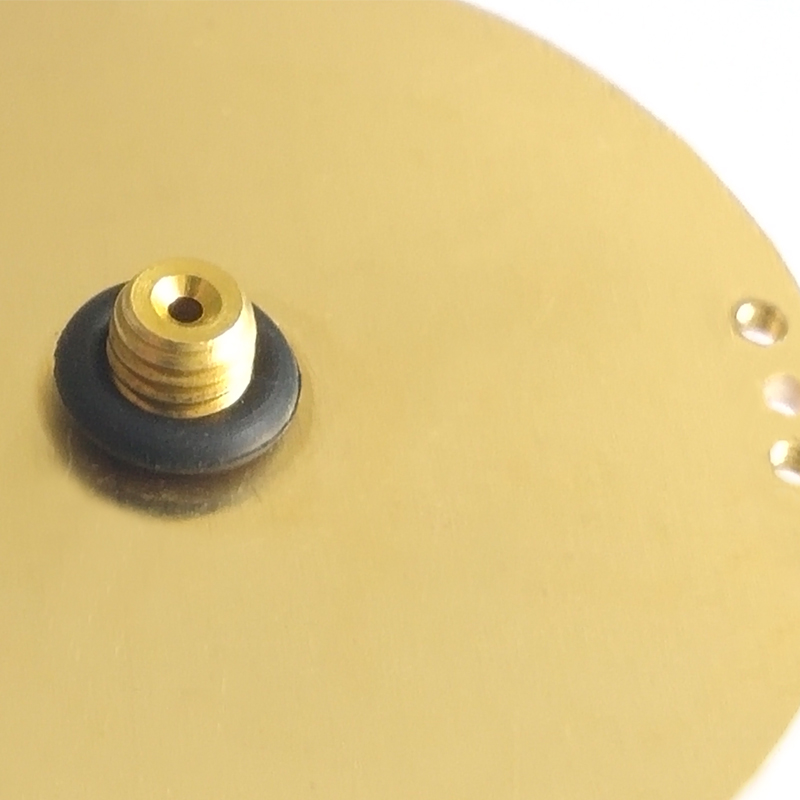
Nov . 24, 2024 01:42 Back to list
differential pressure gauge chilled water jah
Understanding Differential Pressure Gauges in Chilled Water Systems
Differential pressure gauges are critical instruments in the management of chilled water systems, often employed in HVAC (Heating, Ventilation, and Air Conditioning) applications. These gauges measure the difference in pressure between two points within a system and play a key role in optimizing the efficiency and performance of chilled water loops.
In chilled water systems, differential pressure gauges are commonly installed across various components such as chillers, cooling coils, and pumps. The primary purpose of these gauges is to monitor the pressure drop across components to ensure that the system is functioning within its specified parameters. A well-maintained chilled water system relies on precise pressure readings to facilitate effective cooling while minimizing energy consumption.
One of the main advantages of using differential pressure gauges is their ability to detect changes in system performance
. For instance, an increase in pressure drop across a cooling coil may indicate fouling or blockage, suggesting that maintenance is required. This early warning system can help prevent outages or costly repairs by prompting timely intervention.differential pressure gauge chilled water jah

Accuracy is vital when measuring differential pressure in chilled water systems. Many modern gauges incorporate advanced technologies, such as piezoresistive sensors, to achieve high precision. Proper installation and regular calibration of these gauges are essential for maintaining their accuracy. An incorrectly calibrated gauge can lead to inefficient system operation, resulting in higher energy costs and suboptimal cooling performance.
In addition to monitoring pressure drops, differential pressure gauges can also facilitate the balancing of a chilled water system. By analyzing the pressure data collected, engineers can adjust flow rates to ensure that each component receives the appropriate amount of chilled water. This balancing act is crucial for achieving uniform temperature distribution throughout a building, enhancing comfort levels for occupants.
Furthermore, differential pressure gauges contribute to the sustainability efforts of modern buildings. By optimizing the performance of chilled water systems, these gauges help reduce energy consumption and greenhouse gas emissions. As building codes become more stringent regarding energy efficiency, the role of differential pressure measurement will continue to grow in importance.
In conclusion, differential pressure gauges are indispensable tools in the management of chilled water systems. By enabling efficient monitoring, facilitating maintenance, and supporting system balancing, these instruments ensure optimal performance and energy efficiency. As technology evolves, their impact on HVAC systems will likely become even more significant, paving the way for smarter and more sustainable building management practices.
-
High-Precision 5 Valve Manifold Differential Pressure Gauge Suppliers
NewsApr.29,2025
-
High-Precision Diaphragm Vacuum Pressure Gauges Manufacturers & Quotes
NewsApr.29,2025
-
Omega Differential Pressure Gauges High Accuracy & Durability
NewsApr.28,2025
-
Low Pressure Differential Pressure Gauges Precision Solutions & Quotes
NewsApr.28,2025
-
Digital Diaphragm Pressure Gaauge Precision Measurement & OEM Quotes
NewsApr.28,2025
-
Differential Pressure Gauge China Price High-Accuracy & Best Quotes
NewsApr.28,2025
